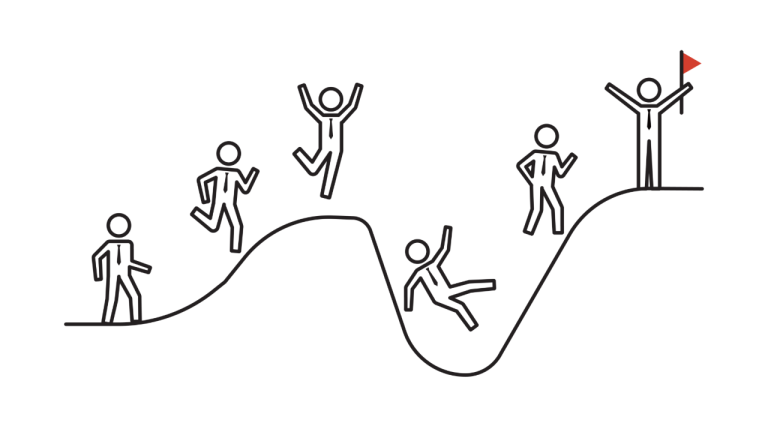When individuals feel psychologically safe, it goes beyond just performance and innovation; it directly impacts their well-being and ability to handle stress or setbacks.
In today’s fast-paced and demanding work environments, the well-being of employees and the ability of organizations to weather challenges are paramount. While physical health and operational efficiency often take center stage, the often-overlooked element of psychological safety plays a crucial role in fostering both individual well-being and organizational resilience.
Imagine a workplace where you feel supported not just professionally, but also as a human being. Picture a team where you can openly discuss challenges you’re facing, knowing you’ll be met with understanding rather than judgment. This is the essence of how psychological safety contributes to a healthier and more resilient workforce.

The Toll of a Psychologically Unsafe Environment
Conversely, a workplace lacking psychological safety can take a significant toll on individuals’ mental and emotional health. Constant fear of criticism, blame, or negative repercussions can lead to chronic stress, anxiety, and even burnout. This not only impacts individual well-being but also weakens the organization’s ability to adapt and bounce back from setbacks. Employees operating in fear are less likely to take risks, seek help, or contribute their full potential, ultimately hindering resilience at both individual and organizational levels.
The Powerful Connection: Psychological Safety, Well-being, and Resilience:
Reduces Stress and Anxiety: Psychological safety creates a buffer against workplace stressors. When employees feel secure in their interactions and know they won’t be penalized for honest mistakes or expressing concerns, it significantly reduces anxiety and promotes a more relaxed and focused work environment.
Promotes a Sense of Belonging and Connection: Feeling psychologically safe fosters a sense of community and inclusion. When individuals feel accepted and valued for who they are, they experience a stronger sense of belonging, which is vital for mental well-being and acts as a protective factor against stress and isolation.
Supports Mental Health and Encourages Seeking Help: In a psychologically safe environment, the stigma surrounding mental health is reduced. Employees feel more comfortable discussing their challenges and seeking support when needed, whether from colleagues, supervisors, or internal resources. This proactive approach to mental well-being contributes to a healthier and more resilient workforce.
Builds Individual Resilience Through Learning and Growth: When mistakes are viewed as learning opportunities rather than failures, individuals develop greater resilience. They learn to adapt, problem-solve, and bounce back from setbacks with increased confidence, knowing they are supported even when things don’t go as planned.
Enhances Organizational Resilience to Change and Challenges: Organizations with a strong foundation of psychological safety are better equipped to navigate change and overcome adversity. Employees feel empowered to voice concerns, offer solutions, and support each other during difficult times, fostering a collective sense of resilience that allows the organization to adapt and thrive.
Real-World Examples:
Consider organizations that have intentionally cultivated psychological safety:
The Role of Leadership in Nurturing Well-being and Resilience:
Leaders play a critical role in building the psychological safety that underpins well-being and resilience. This includes:
Addressing Challenges:
Building psychological safety requires a conscious and ongoing effort. Overcoming ingrained hierarchical structures, fostering open communication in traditionally reserved cultures, and ensuring consistent follow-through on commitments to employee well-being can present challenges. However, the long-term benefits for both individual well-being and organizational resilience make this effort invaluable.
In conclusion, psychological safety is not just a desirable workplace attribute; it is a fundamental pillar for fostering employee well-being and building organizational resilience. By creating environments where individuals feel safe, supported, and empowered, organizations can cultivate a workforce that is not only healthier and more engaged but also better equipped to navigate the inevitable challenges and changes of the modern world. Investing in psychological safety is an investment in the long-term strength and sustainability of your organization and the well-being of your most valuable asset – your people.
Explore the other resources on psychologicalsafety.in to learn more about how to cultivate a psychologically safe environment that fosters well-being and builds lasting resilience within your workplace.
PsychologicalSafety.in is a comprehensive resource dedicated to fostering psychologically safe workplaces. It aims to empower individuals and businesses to create thriving work cultures where everyone feels safe to contribute their best.
© 2025 Created with ❤️ and lots of ☕ by Anand Dholi.